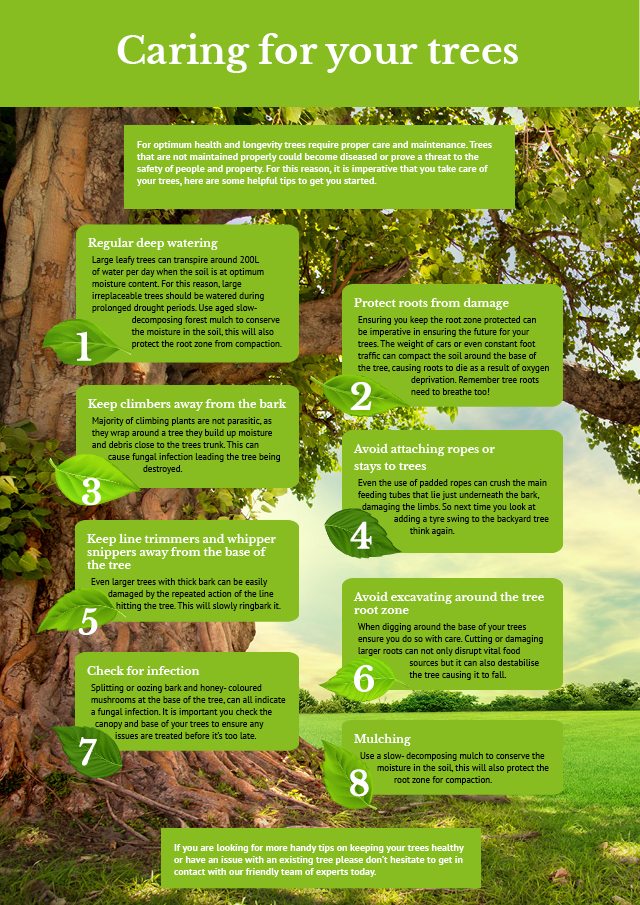Determining The Right Time For Tree Elimination - A Guide For Homeowners
Determining The Right Time For Tree Elimination - A Guide For Homeowners
Blog Article
Published By-Jacobsen Long
Trees include elegance and value to building, yet they can additionally posture a risk throughout extreme weather condition occasions. If a tree has actually quit growing, is exhibiting visible fungal development, or has a leaning trunk, it ought to be removed by an expert to avoid home damage and injury.
To read more, participate in a home owner resource reasonable co-hosted by HPD, the Center for New York City Neighborhoods, and Brooklyn-based housing companions this evening in Bedford-Stuyvesant. The event will feature the Home owner Handbook, a brand-new guide to assist house owners navigate the responsibilities of having a home.
1. Dead or Dying Branches
Trees are an integral part of your home's landscape, using shade and elegance. Suggested Internet site provide sanctuary for wild animals and produce oxygen, yet even healthy and balanced trees can experience health problems that may require their elimination. Dead or dying trees aren't simply unsightly, they can be hazardous. Their branches could fall during a tornado, causing pricey residential or commercial property damage and injuries.
When a tree's branches start to die, it indicates that its structure is starting to break down. If most of its branches are dead, it is most likely time to remove it.
Search for an absence of new growth, bark peeling, open injuries or cavities, fungi expanding on the trunk or roots and a basic appearance of degeneration in the whole cover. These indicators of infection can suggest a severe trouble that will require specialist tree solutions to resolve.
2. Leaning Trunk
While it's normal for trees to lean once in a while as a result of phototropism, if a tree has a harmful or serious lean that's not because of natural processes - it could be a sign that the tree requires to be removed. If the tree is leaning toward a high-voltage line, home, automobile, play structure or any other location that could be hazardous to people if it drops, after that getting in touch with a professional tree solution for elimination ought to be a top concern.
It's also vital to expect any type of sudden changes in a tree's leaning as it can suggest damages to the roots or trunk that might bring about falling. This is especially real during stormy weather, given that high winds and rain-soaked soil can trigger a lean to transform promptly. Normal surveillance, specifically during and after tornados can aid property owners identify possible problems with their trees so they can call an arborist for a comprehensive evaluation.
3. Bug Problem
Some pest infestations, such as wood-boring bugs like emerald ash borer or sap-suckers like scale bugs, are so serious that they can create a tree to pass away. The most effective way to stop pest invasion is to check your trees regularly. Seek spots, holes, or stainings in the leaves and bark. Take a look at the trunk for cracks and indications of insect damage, such as passages or tracks.
If a tree comes to be too infested with parasites, or is close to a home or power lines, an arborist may advise removal. If a leaning tree develops a brand-new, unpredictable lean, an arborist will likely suggest removal too to make sure the safety and security of people and home. If a damaged or dead tree continually loses extreme branches, it is a sign that it is time to eliminate the tree. If https://www.bobvila.com/articles/2213-landscaping-ideas/ continues to shed branches for a prolonged amount of time, it might cause structural troubles and potential building damage.
4. Damaged Trunk
Trees are an attractive and important part of our landscape, but they do need regular like keep them healthy and balanced and secure. If a tree is harmed beyond repair it is likely time for it ahead down.
Look for indicators of damages to the trunk, consisting of vertical fractures, joints, dead branch stubs, visible injuries or open dental caries and severe tree-rot. The existence of fungis at the base of the trunk is one more advising indication. Fungis might show that the phloem and xylem (life-support cells) are compromised, enabling the spread of illness or a future failing.
Additionally, think about whether the tree has actually quit expanding. Healthy trees will certainly have brand-new growth yearly, which may be visible as buds or branches growing and prolonging. If you don't see any type of new growth, it's an excellent idea to have an arborist evaluate the tree and follow their suggestion for removal. A dying or damaged tree can drop and cause property damages.